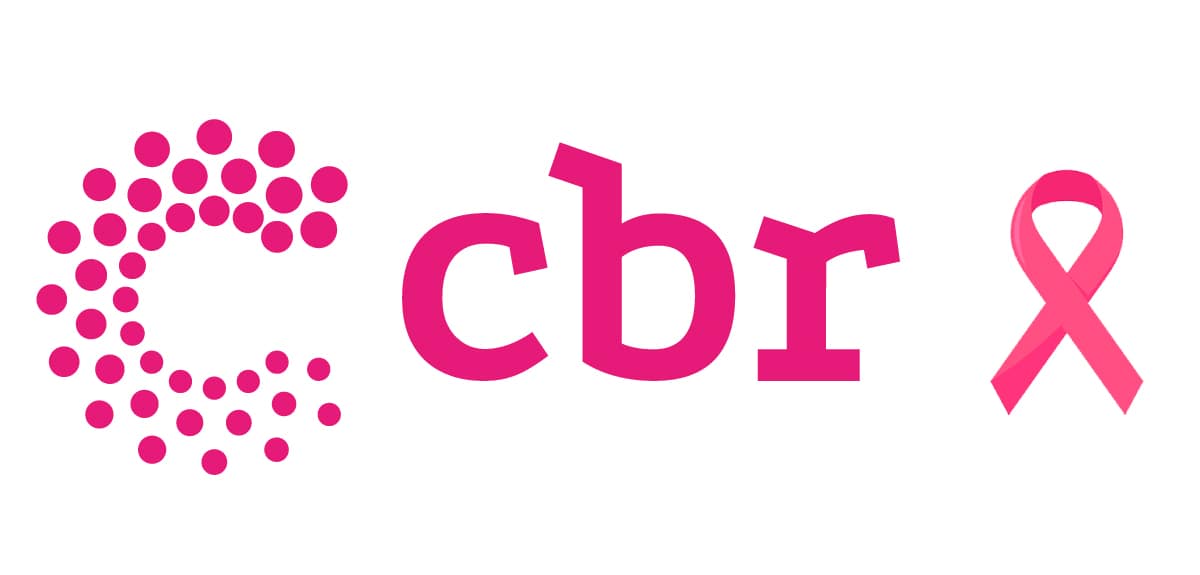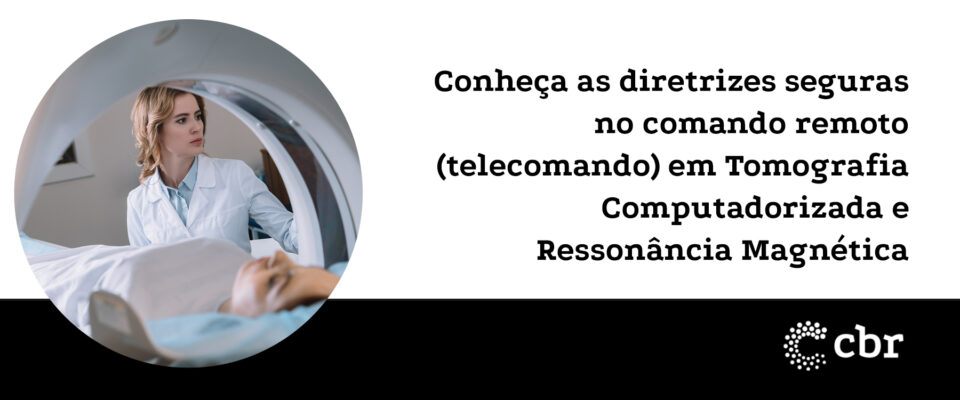The Brazilian College of Radiology and Diagnostic Imaging (CBR) has launched the 'Safety Guideline for Remote Control (Telecommand) in Computed Tomography and Magnetic Resonance Imaging'. The document was prepared by the College's Computed Tomography and Magnetic Resonance Imaging Committee and was supported by a team of physicists, biomedical scientists and engineers who are part of the Accreditation and Diagnostic Imaging Program (Padi) and other CBR committees.
Remote control of Computed Tomography (CT) and Magnetic Resonance Imaging (MRI) equipment (remote control) involves operating the imaging equipment in a location other than where the exam is being performed, through remote access to the device. The guideline issued by the CBR recommends that there be safety procedures and practices for performing exams that use this type of resource.
Stay on top of CBR's social networks, follow us on Instagram , Facebook It is LinkedIn
The College indicates that, when performing the exams, the entities responsible for carrying out the procedure, follow the analysis of failure modes and their effects Faillure Mode and Effects Analysis (HFMEA) and the recommendations of the American College of Radiology (ACR), of the Brazilian College of Radiology and Diagnostic Imaging (CBR) itself, as well as the current national regulations including, Collegiate Board Resolution (RDC) No. 611/2022 of ANVISA, and Normative Instructions No. 93 and No. 97 and the provisions of the General Law for the Protection of Personal Data (LGPD - Law No. 13,709/2018).
The document prepared by the Computed Tomography and Magnetic Resonance Commission together with the professionals who are part of the PADI, addresses several aspects for the improvement and evolution in the execution of the exams, such as: responsibilities of those involved in the procedure; basic safety guidelines; monitoring and communication; standard operating procedures (SOPs); conflict resolution; administration of contrast medium; additional safety procedures in MRI, among other important topics.
The CBR emphasizes that the issued guideline is fully aligned with current regulatory and safety standards. With the suggested improvements, there will be increased protection for patients and professionals involved. Check out an excerpt from the document released by the College: “Strictly following these technical guidelines will ensure the safety of everyone involved in exams using remote control, aligning with national and international best practices and minimizing the risk of incidents and adverse events.”




